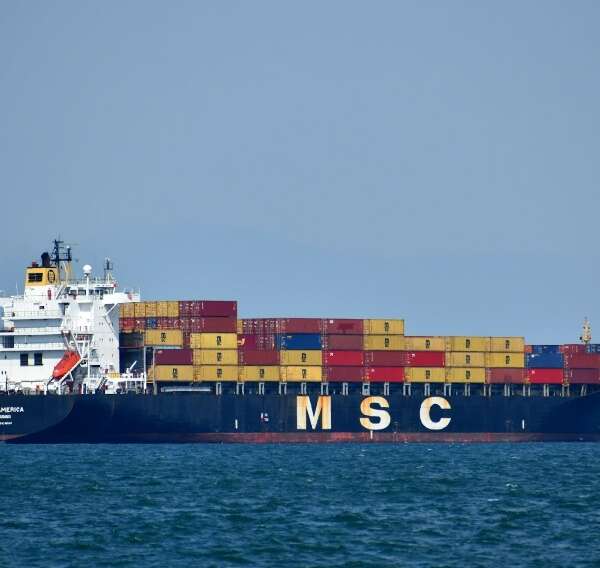
What does breakbulk cargo shipping mean?
Break bulk shipping is a popular method for transporting goods that do not fit in standard-size shipping containers or cargoes. This type of cargo is shipped in bags, boxes, crates, drums, and barrels, or it is simply rolled, lifted, and pushed onto a ship.
What is the difference between bulk and break bulk shipping?
Bulk and breakbulk shipping may sound similar, but the two can’t be used interchangeably because there are distinct differences between them.
Bulk shipping refers to the transportation of cargo such as grain, coal, and sand in a loose state rather than in a container. Break bulk shipping, on the other hand, means that cargoes are transported in unitized form, such as by pallet, bag, strap, bundle, crate, and so on.
Benefits of breakbulk cargo shipping
Affordable
Breaking products down into multiple containers is typically more expensive than fully containerized goods. You will also save money on container rental, storage, labor, and equipment rental.
Reduced Deconsolidation and Reconsolidation
Breakbulk cargo shipping eliminates the need to divide oversized cargo into smaller shipments. The item could also be disassembled into small pieces and reassembled at the final destination.
Access to More Ports
Not all ports are modern enough for shipping and receiving all types of containers. You will have access to more ports because breakbulk is deliverable to most ports around the world.
Challenges with breakbulk shipping
Security and Safety Issues
Breakbulk goods are bagged, strapped, and bundled for shipping, and it is possible that these things will break, causing the shipment to be damaged, stolen, or injure people.
Limitation to Temperature Control
When shipping goods that must be kept at a specific temperature, such as foods, there may be some difficulties. These items will need to be shipped in temperature-controlled spaces, which is common in container shipping but impossible in breakbulk shipping.


